The Symbolism of Laurel: Why is Laurel the National Plant of Greece?
Interesting is the significance of laurel, how strong it has remained through the centuries, and how our culture is still imbued with its symbolism today.
The expressions “take the laurel” and “rest on your laurels” are used even today. The words “baccalaureate” (bachelor) and “poet laureate” originate precisely from the name laurel and are still used today. They come directly from the Latin name for laurel, Laurus nobilis, and signify the highest honors.
Did you know that the wreath that newlyweds wear in the church at their wedding - stefana, is a symbol of eternal love and respect, originated from the myth of laurel - the laurel wreath.
Laurel or bay is an indispensable spice in dishes and is used daily in human diet for its aromatic and health benefits.
The Greeks consider it their national plant and a symbol of courage and perseverance, and it is an integral part of the Greek coat of arms.
Laurel, laurel tree, or shrub can be seen throughout Greece, in yards and parks during the summer or stay in Greece. It is an aromatic evergreen tree or large shrub with green, smooth leaves (Latin Laurus nobilis).
It is interesting to know that once most of the Mediterranean was covered by entire laurel forests, a species that is the ancestor of today’s laurel. Unfortunately, they disappeared about 10 thousand years ago, although some remnants of these forests can still be found today in the mountains of southern Turkey, northern Syria, southern Spain, and the Canary Islands and Madeira.
Although the forest is gone, the strong symbolism of this tree remains deeply woven into Greek culture and has been transferred to all cultures in Western civilization.
In this text, we will explain its significance and symbolism, from the early myths to the present day.
What we didn’t know about the Greek myth of laurel and what it represents?
The Greek name for laurel, “Daphne,” comes from the name of the mountain nymph Daphne. She was a nymph and the companion of the goddess Artemis.
In one mythological twist, during the gods’ rest and gathering, Apollo teased Eros, telling him that his arrows had no power. Angered by this statement, Eros struck Apollo with a golden arrow, instilling in him a passionate love for the beautiful river nymph Daphne present. At the same time, Eros struck Daphne with a lead arrow, instilling in her a hatred for Apollo. In this way, Eros punished Apollo, the symbol of greatest male beauty, with eternal longing and unfulfillment.
Knowing that Apollo would not give up, Daphne sought help from her father, the river god Peneus, who turned her into a laurel tree. Apollo, unfortunately, arrived too late, at the moment of her transformation. Sad and desperate for the loss, he vowed to forever honor Daphne. He then used his powers of eternal youth and immortality to turn the laurel tree into an evergreen tree, not wanting to see his beloved lose its smooth and green leaves every autumn.
He then made himself a wreath of laurel branches, which he wore on his head and declared the laurel tree his sacred tree, establishing the Pythian Games in his honor.
Apollo also ordered the establishment of the Pythian Games in his honor.
Thus, the laurel wreath became a symbol of respect and honor, crowning the winners of the Pythian Games.
Ancient Greece and the continuation of the laurel myth
In ancient Greece, laurel was used to make laurel wreaths, which were a symbol of the highest status. At the Pythian Games, held in honor of Apollo, and later at the Olympic Games, laurel wreaths were awarded to the winners as a sign of their victory.
According to the poet Lucian, Apollo’s priestess, known as the Pythia, chewed a laurel leaf from the sacred tree that grew inside the temple to induce a state of ecstasy, from which she pronounced prophecies for which she was known. Those who received promising signs from the Pythia were crowned with laurel wreaths, symbolizing Apollo’s favor.
In ancient Greece, the symbolism of laurel, a symbol of the highest honor, spread and was associated with many gods, besides Apollo, Zeus, Athena, Poseidon, Dionysus, and Aphrodite.
Victorious athletes and generals were crowned with laurel leaf crowns, marking their success and honor.
Laurel in Roman culture
The symbolism of laurel was passed on to Roman culture, which considered laurel a symbol of victory and immortality. They developed a whole range of interesting beliefs.
Emperors began to adopt the laurel wreath as a status symbol. The writer Suetonius noted that it all began when the first Empress of Rome, Livia, had a hen brought to her lap by an eagle holding a laurel branch in its beak. The Empress planted the branch in the courtyard of her villa in Prima Porta, and from it grew a beautiful laurel tree.
Interestingly, all emperors continued this tradition of planting a laurel tree in their palaces and temples dedicated to Apollo and wore a wreath of laurel branches on their heads (as we know from history).
What is most interesting is that the wreath worn by emperors on their heads had to be picked from the original tree, Livia’s tree.
The deep and strong connection of the laurel myth with the gods is also evidenced by the belief in ancient Rome that it was a bad omen when the laurel tree withered or fell ill.
At the end of Nero’s reign, legend has it that the entire laurel garden suddenly withered, which was a sign of the unfortunate event that followed - Nero’s assassination. It was also remembered that the withering of the entire laurel garden marked the end of an era, the end of the Julio-Claudian dynasty.
Romans also believed that laurel protected against lightning, so Emperor Tiberius carried a laurel branch during stormy weather.
Since laurel wood burns slowly and crackles loudly, they believed that it housed the “spirits of heavenly fire,” making it immune to external threats like fire and lightning. Therefore, it was forbidden to burn laurel on altars.
Symbolism of eternal love in Christianity
As Christianity spread, the use of the laurel wreath slowly disappeared, as it was associated with pagan festivals.
However, circular wreaths or rings remained embedded in Christian and Orthodox religion to symbolize eternal life in Christ. Hence, many saints in religious art are depicted with wreaths, called “stefana” in Greek.
The Greek word “στέφανος” means crown or wreath.
Weddings in Orthodox tradition
In the Orthodox wedding ceremony, the couple is crowned with “stefanas” - wedding crowns (in Serbia) or wedding wreaths (in Greece). The crowns are placed on the heads of the bride and groom. The best man and maid of honor exchange the crowns three times above the heads of the newlyweds, while the crowns are connected by a ribbon symbolizing the unity of the couple in the presence of Christ.
Stefanas (crowns and wreaths) represent the glory and blessing bestowed by the Church on the newlyweds, crowning them as king and queen of their new home. And as we can trace through the development of Greek culture, this symbol in Orthodoxy signifies the original, initial, symbol of eternal love and respect.
Where do we use laurel, or rather Apollo’s wreath of eternal love and respect?
Apart from its mythological significance, laurel is present in Mediterranean as well as in our cuisine. The leaves are added during cooking (soups, stews…) and removed after the food is cooked, not eaten.
In Greece, laurel oil is made, which is used in folk medicine for massaging painful body parts, but we have not found evidence of its healing properties, so take this with great caution.
In goldsmiths and jewelers, you can find jewelry motifs that use the laurel leaf or branches. There are decorated diadems, pendants for chains, and other ornamental jewelry.
While on your vacation, remember the meaning of laurel when you see it and send us if you find its symbol used elsewhere.
Because after all, love should be eternal and full of respect.
We are always here to help you explore Greece! Follow us for the latest information, useful tips and authentic experiences to spend an unforgettable vacation in Greece!
We offer over 3,000 accommodations. Choose the right one for you and your family HERE.
Follow us on social networks where we regularly share exclusive offers, discounts and special arrangements for vacations in Greece as well as information, advice and useful news.
Facebook:Nikana.gr
Instagram: @nikana.gr
Tiktok: nikana.gr
Facebook grupa: Live from Greece
YouTube kanal @NikanaTravel
Write to us at e-mail: nikana@nikana.gr
Our site nikana.gr is the leading source of information about Greece.
1 comment
Post a Comment
NOTE
All your questions in the comments will receive an answer via email so check your inbox shortly after you posted comment. For more detailed questions and responses, contact us via mail nikana@nikana.gr.

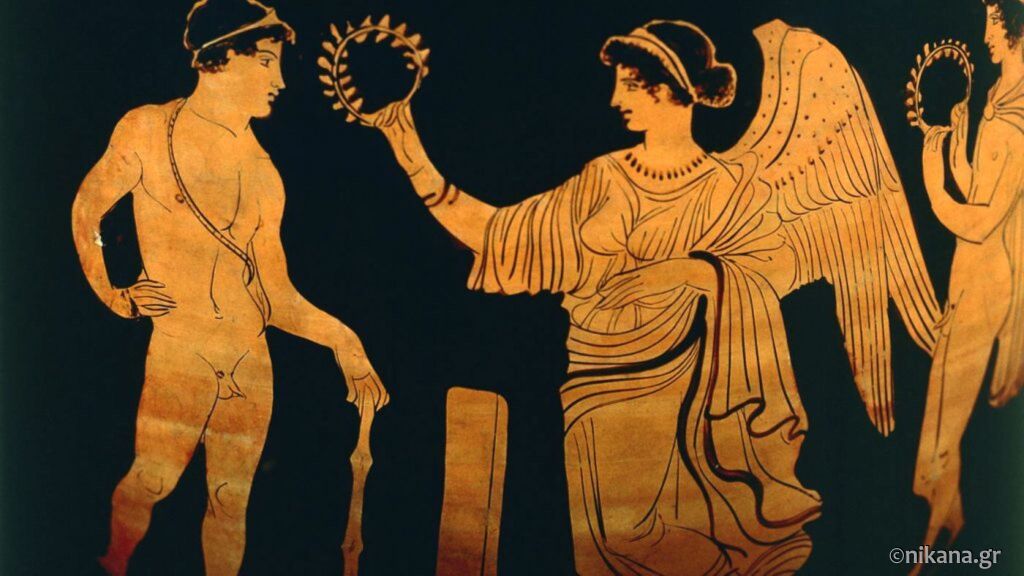
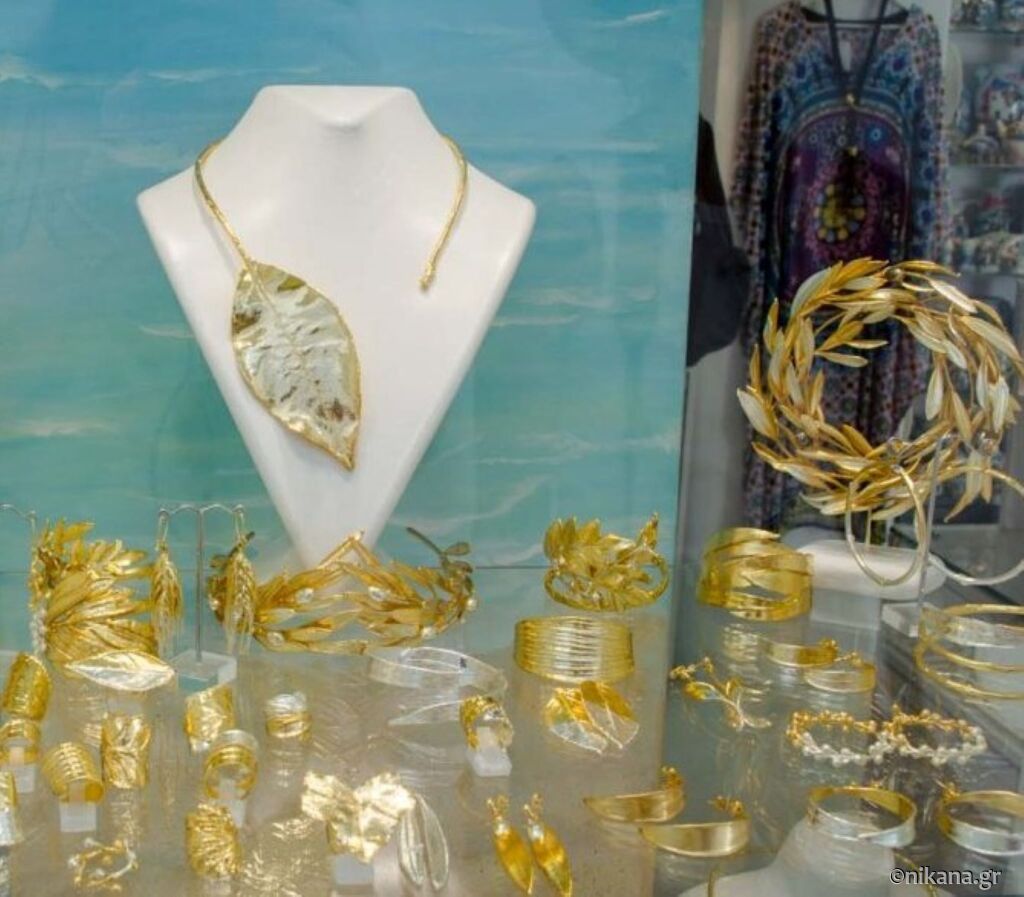
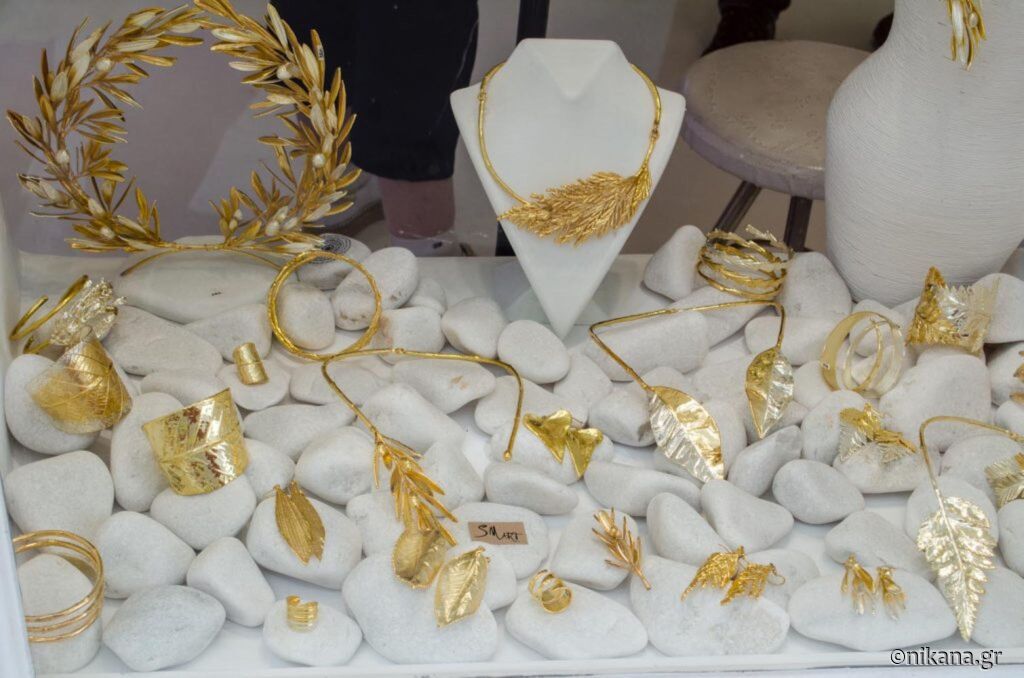

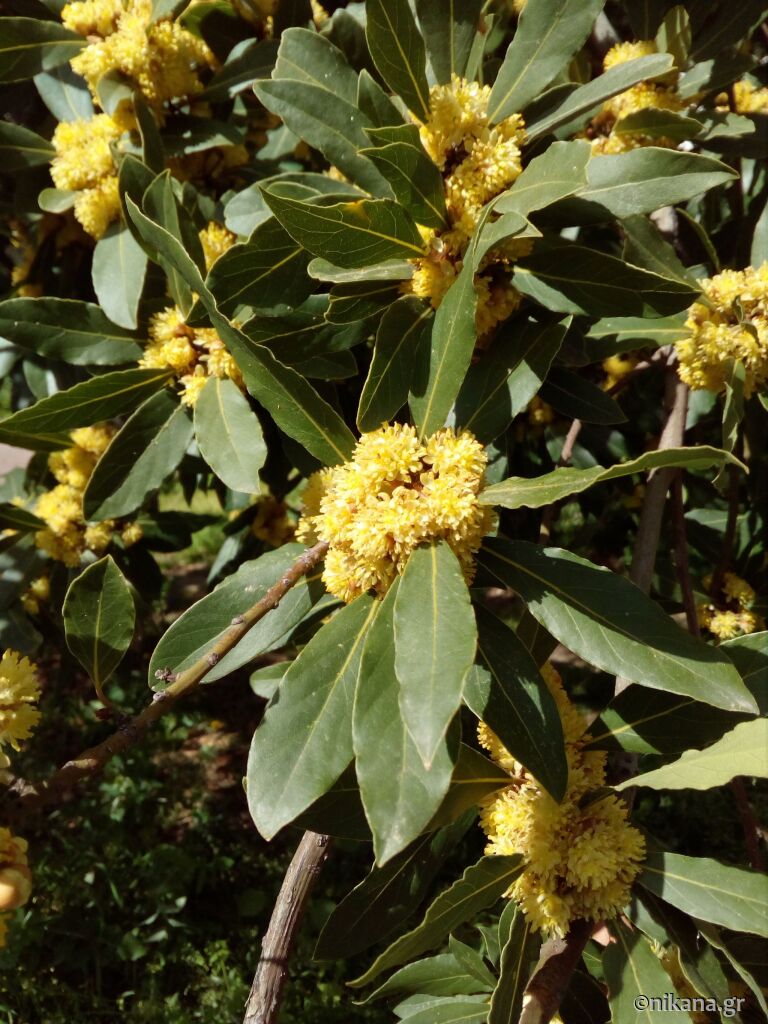


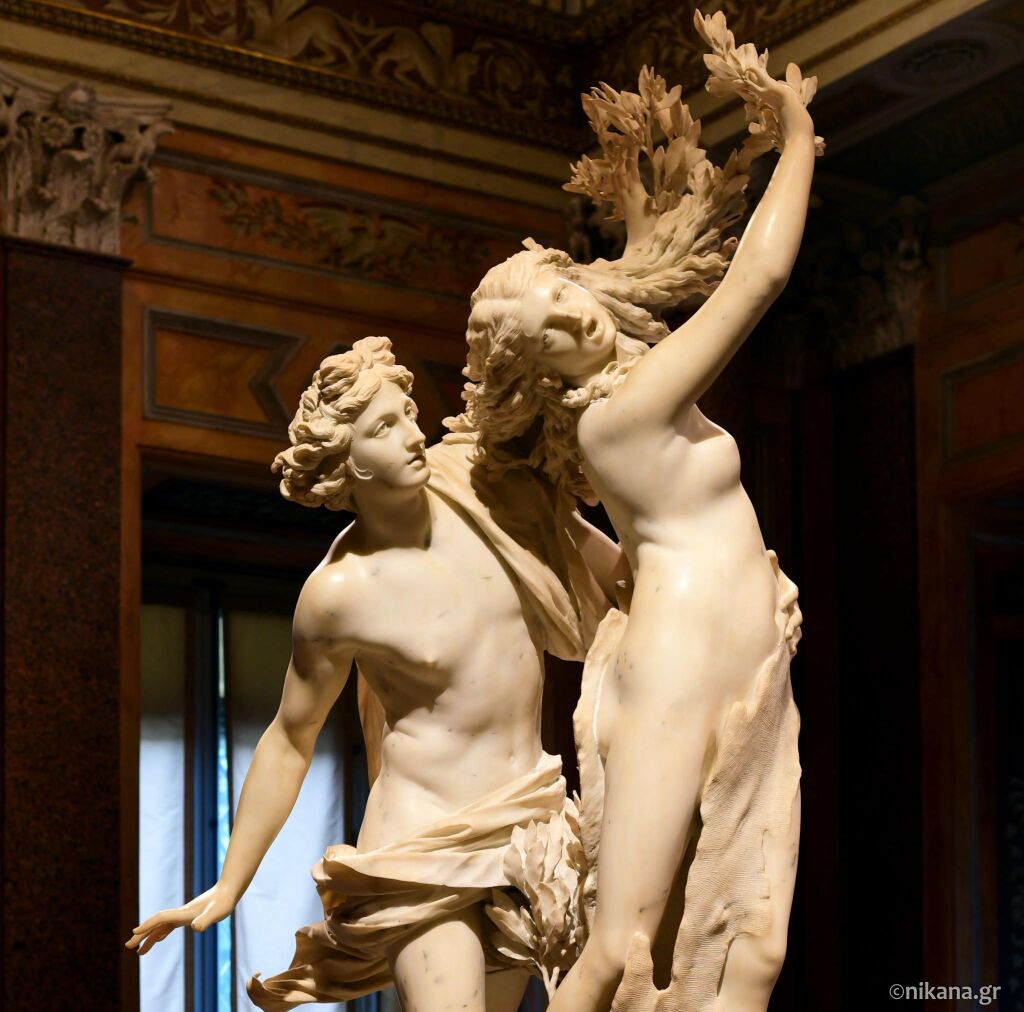












indica gummies16.07.2025 23:15:29
I’ve been using indica gummies daily on account of all about a month for the time being, and I’m justifiably impressed by the positive effects. They’ve helped me judge calmer, more balanced, and less tense in every nook the day. My snore is deeper, I wake up refreshed, and even my focus has improved. The trait is excellent, and I worth the sensible ingredients. I’ll positively preserve buying and recommending them to everybody I identify!